Conewago Chapel
One of the oldest Catholic churches in the U.S., situated just east of Gettysburg.
The fields around Gettysburg, Pennsylvania, will always evoke the bloodiest battle in American history, fought here in 1863. But drive 11 miles east of town and you can see something very different: an 18th-century Jesuit chapel, one of the oldest Catholic churches in the United States.
When English and German Jesuits first came to “Penn’s Woods” in the early 1700s to serve a growing immigrant population, they were technically here illegally, as Catholics were penalized under English law. Colonial Pennsylvania, however, enjoyed a spirit of religious tolerance and the area was only a few miles from Maryland, which was founded as a Catholic colony. The Conewago Valley — just north of the Mason-Dixon Line — served as a major nucleus of missionary activity and settlement in frontier Appalachia. Jesuits built their first log chapel here in 1741.
Renowned for their education and culture, it’s not surprising that these Jesuits built one of the most impressive churches in rural America. Constructed out of locally quarried brownstone with help from their Mennonite neighbors, the chapel was dedicated in 1787, the year the U.S. Constitution was signed. Only a few other Catholic churches in the U.S. — mostly Spanish missions in the Southwest — are older.
The stone chapel’s walls were an impressive three-feet thick. The beautiful frescoes inside were added much later, around 1849, by Franz Stecker, a young Austrian artist traveling in America. Though surrounded by Pennsylvania farmland, the overall feel inside the church is that of a Bavarian parish in the Alps.
Conewago Chapel also has a strange ghost story. Newspapers picked up on the tale in August 1903, three years after the Jesuits left. That year, the parish priest, Father Halftermyer, told a reporter that he was having trouble keeping assistants for more than two weeks at a time, due to a bizarre apparition and weird rapping noises around the place.
The priest hadn’t seen the specter himself, but others described a “thing of mist, having the outlines of a human form garbed in ecclesiastical robes.”
The spook was mostly nocturnal. One assistant claimed that “as he was lying awake in his bed, unseen fingers, having a temperature of the grave, seized his hair and pulled it vigorously. He started up just in time to see the dim outlines of a priestly figure vanish into mist. To have the covers pulled from their bed while they slept, and to awake to see the apparition dissolving, has been the common experience of all those assistants who occupied the sleeping chambers.”
A reporter for The York Daily investigated the hauntings and attributed them to “bats, dogs, wind and water.” Perhaps it was a practical joke — or something more sinister but still purely human. Catholic theology, for all that, allows that specters may indeed be very real, but are souls in purgatory in need of prayer, not fear.
Conewago Chapel was decreed a minor basilica in 1962 and is officially known as the Basilica of the Sacred Heart of Jesus. Today it remains an active parish and is among the oldest continually operating in the country.
Know Before You Go
Conewago Chapel is eleven miles east of downtown Gettysburg on State Road 116 and four miles west of Hanover, Pennsylvania. The church is normally open visitors throughout the week, but call ahead to make sure the doors aren't locked. An old cemetery, one of the oldest in the Keystone State, sits out back.

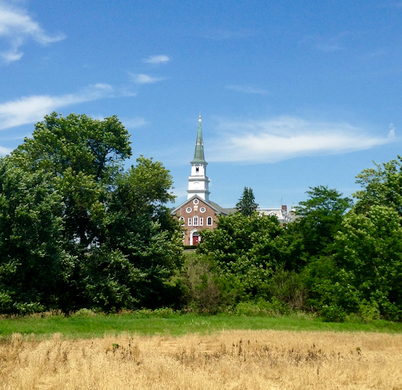
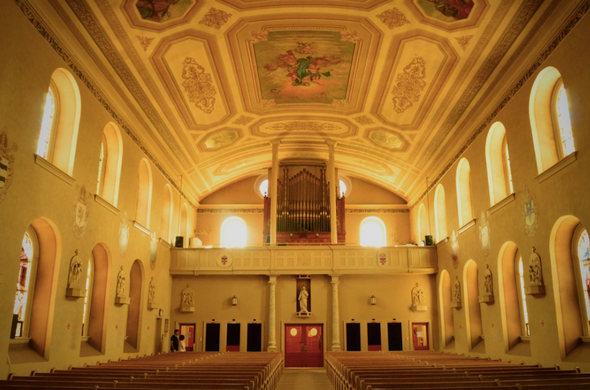
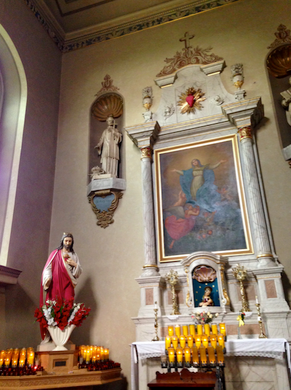
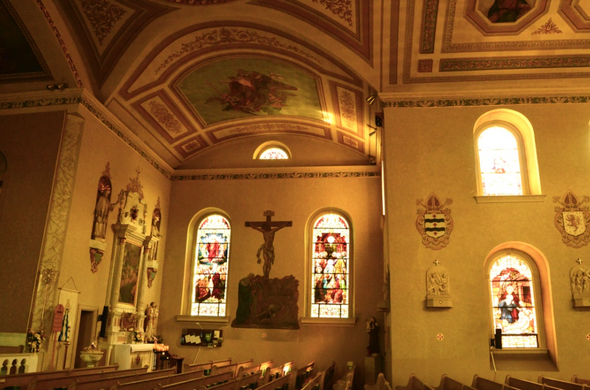
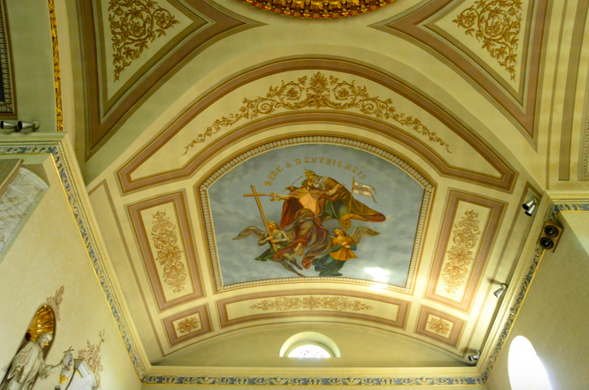
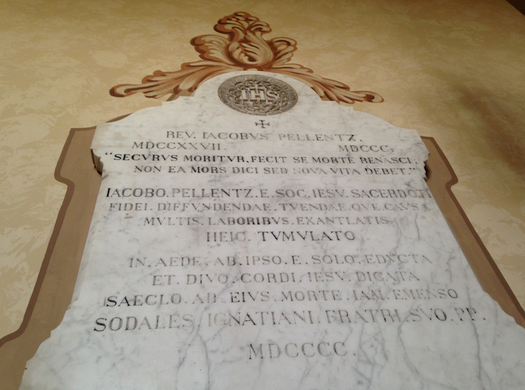


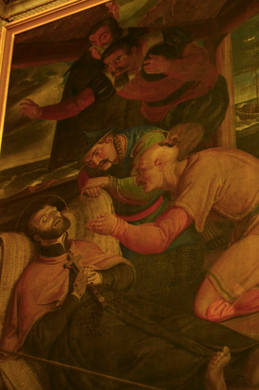
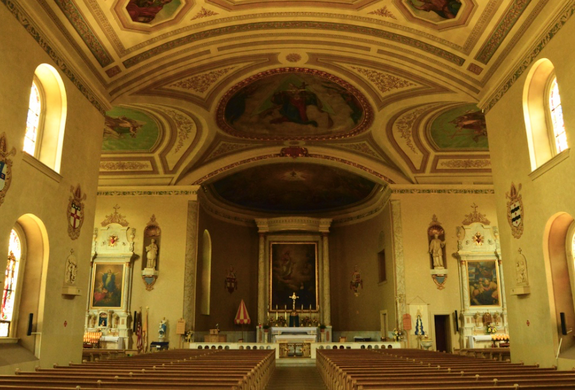

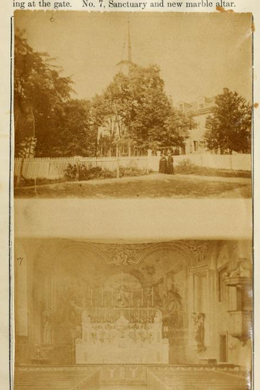
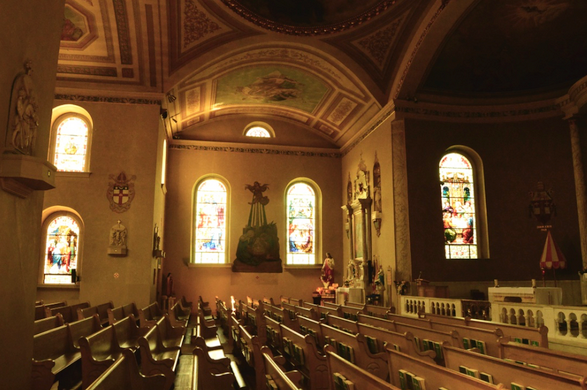



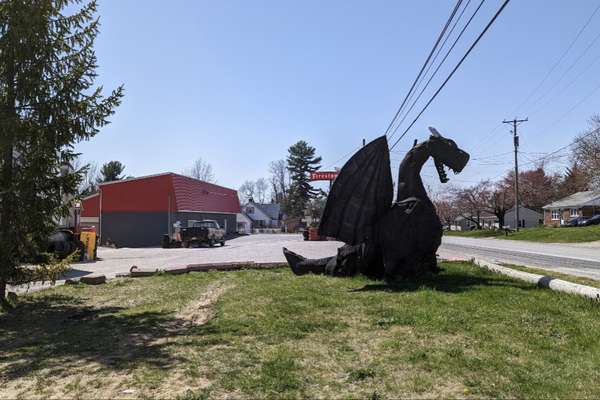
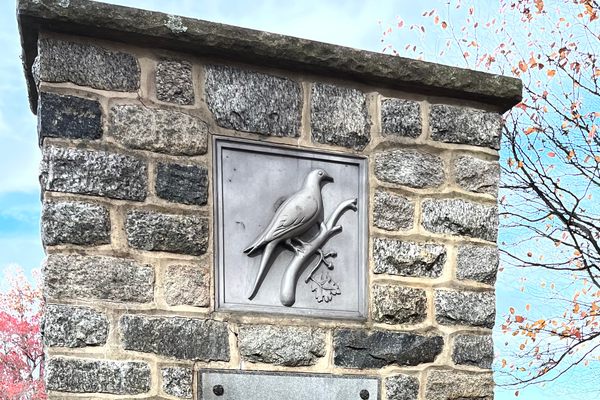
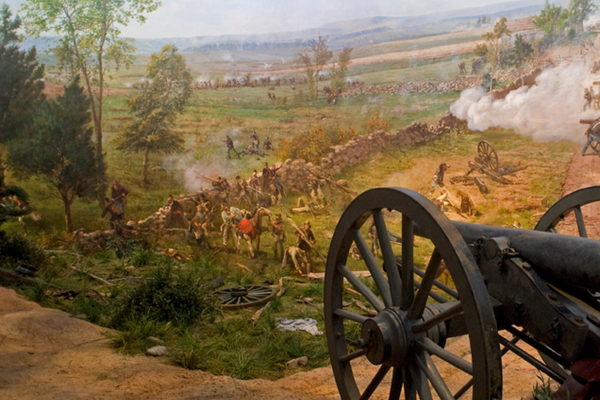





Follow us on Twitter to get the latest on the world's hidden wonders.
Like us on Facebook to get the latest on the world's hidden wonders.
Follow us on Twitter Like us on Facebook